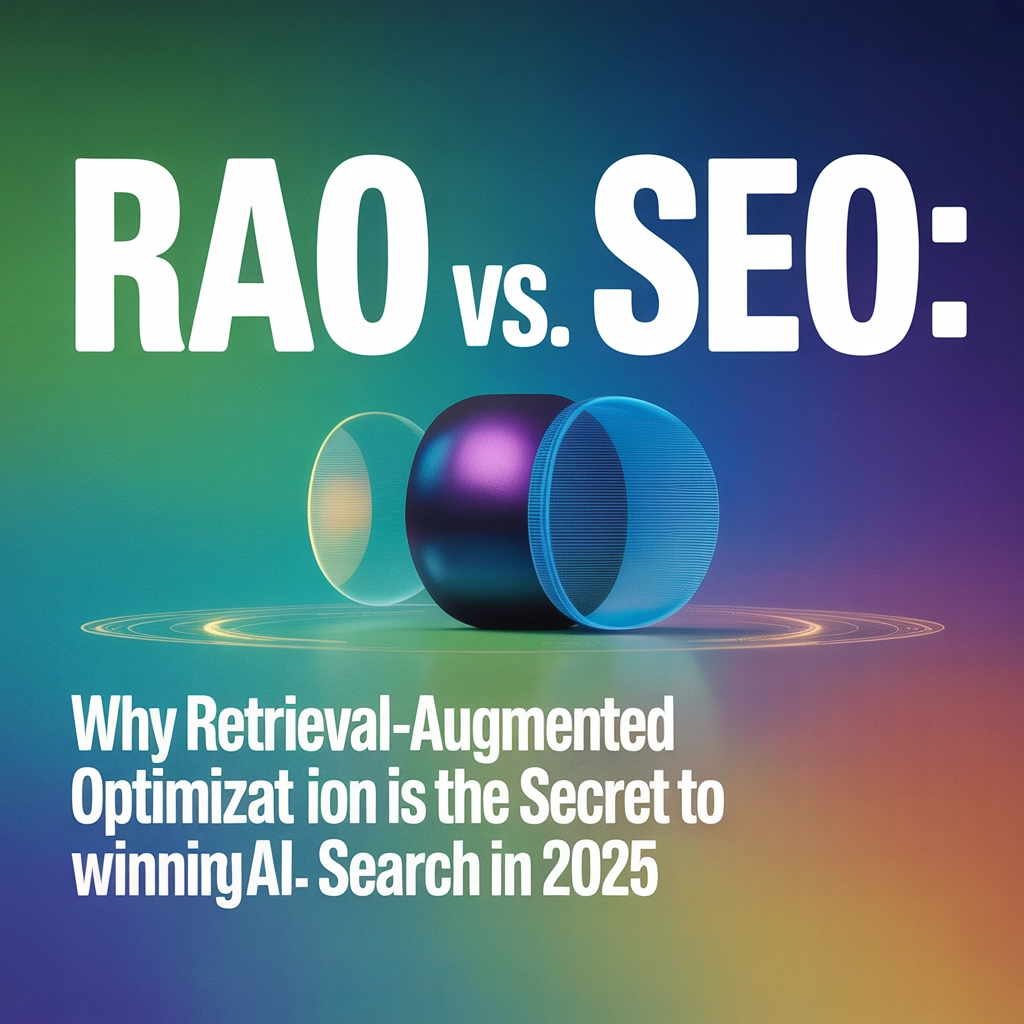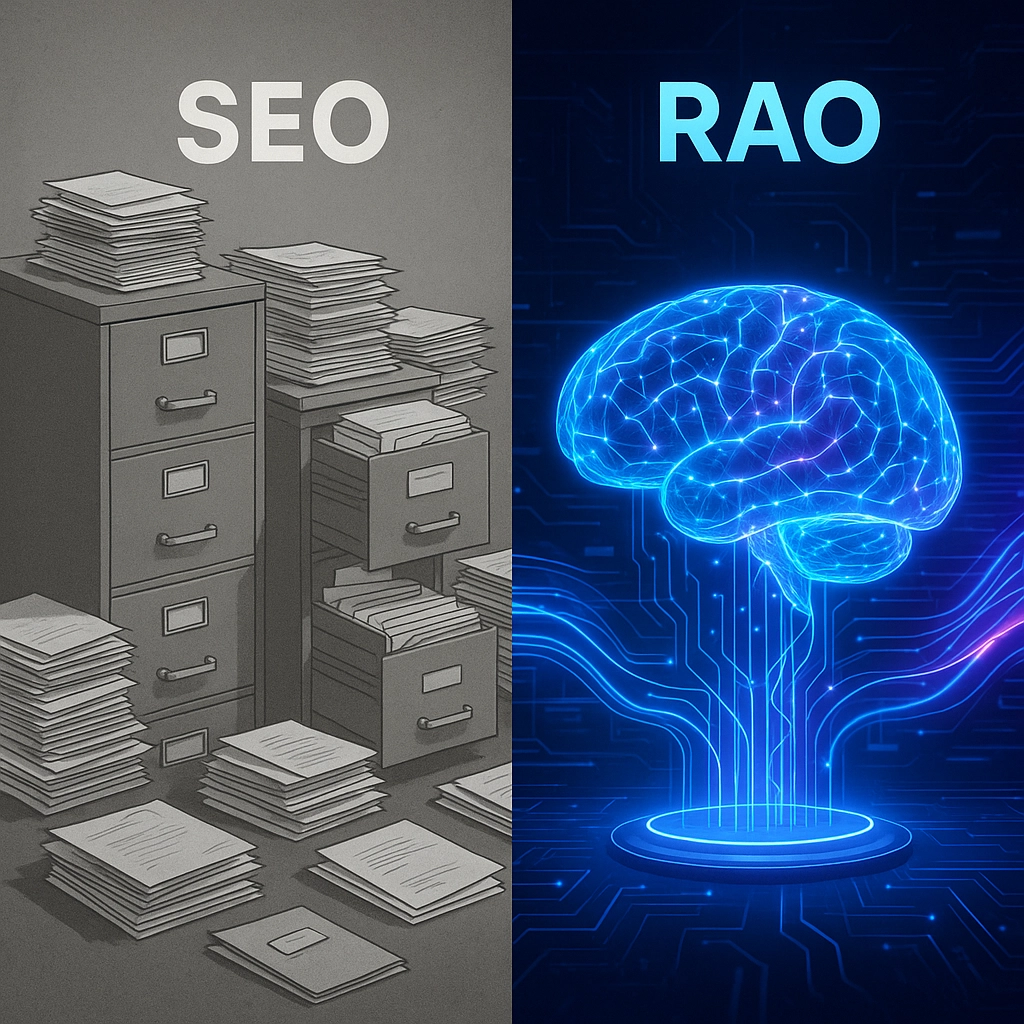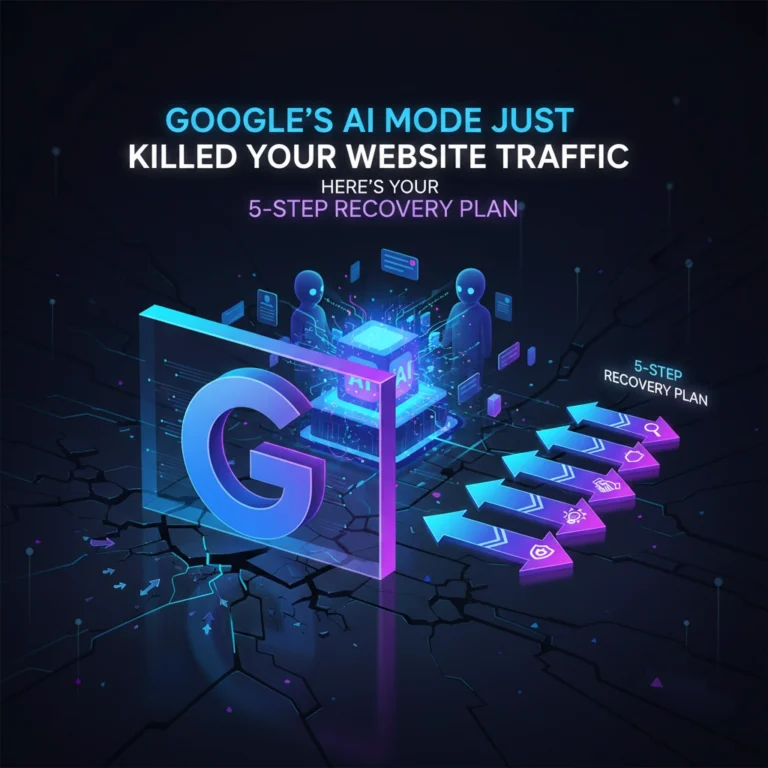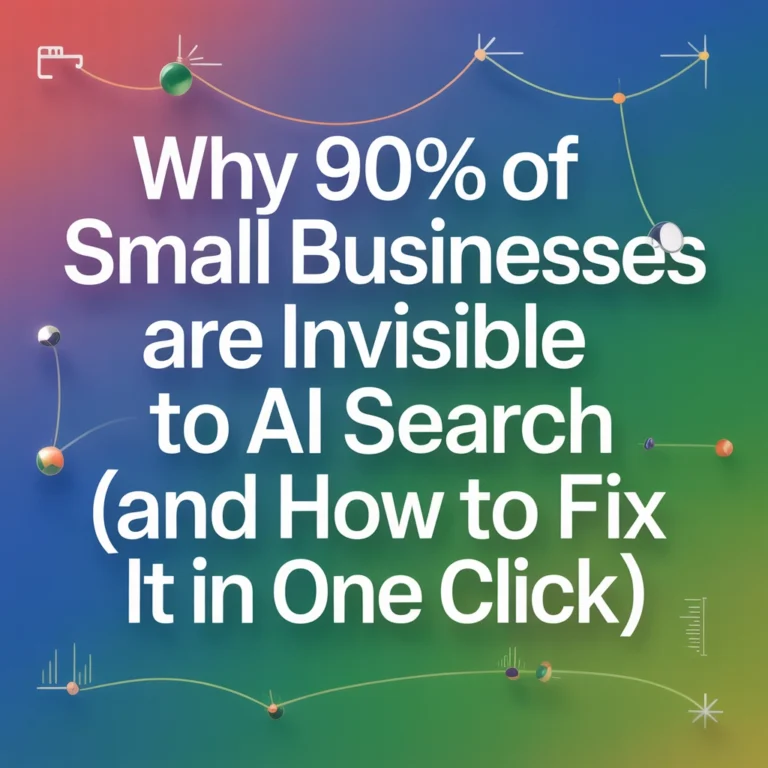RAO vs. SEO: Why Retrieval-Augmented Optimization Is the Secret to Winning AI Search in 2025

The SEO playbook you've been following? It's about to become obsolete. While most businesses are still chasing keywords and backlinks, smart companies are pivoting to Retrieval-Augmented Optimization (RAO)—and they're absolutely dominating AI-powered search results.
If you've been wondering why your traditional SEO efforts aren't delivering the same results they used to, here's the reality check: Gartner predicts traditional search volume will drop by 25% by 2026. Meanwhile, 5.6% of U.S. search traffic is already flowing to AI platforms like ChatGPT and Perplexity.
The game has changed. Let's break down why RAO is the new SEO—and how you can get ahead of the curve.
What Exactly Is RAO (And Why It's Not Just Another Buzzword)
Retrieval-Augmented Optimization builds on the concept of Retrieval-Augmented Generation (RAG), but applies it specifically to search optimization. While traditional SEO focuses on matching keywords, RAO is about creating content that AI systems can easily retrieve, understand, and present as authoritative answers.
Think of it this way: Traditional SEO was about getting your webpage to rank #1. RAO is about getting your information featured as the source when AI generates answers—whether that's in Google's AI Overviews, ChatGPT responses, or Perplexity citations.

The key difference? RAO prioritizes content that's structured for retrieval and fact-checking, not just keyword matching. It's optimization for the age of AI-generated answers.
Why Traditional SEO Is Losing Steam Fast
Here's what's happening to traditional search behavior that should wake you up:
The Zero-Click Reality
When AI Overviews appear in search results, clicks to websites drop by 34.5%. Users are getting their answers directly from AI-generated summaries instead of clicking through to your carefully optimized pages.
Intent vs. Keywords
AI search engines understand what users actually mean, not just the words they type. A search for "best coffee shops near me" isn't just looking for pages with those exact keywords—it's seeking current, local recommendations with hours, reviews, and availability.
Quality Over Quantity
The old "publish 50 blog posts a month" strategy? It's backfiring. AI systems prioritize depth, accuracy, and expertise over volume. One well-researched, authoritative piece will outperform dozens of thin, keyword-stuffed articles.
How RAO Actually Works (The Technical Advantage)
RAO leverages the same principles that power AI search engines. Here's the process:
- Retrieval Phase: AI systems scan and identify authoritative, relevant content
- Augmentation Phase: The AI combines this retrieved information with its training
- Generation Phase: AI creates comprehensive answers citing your content as the source
Google's John Mueller confirmed this when he explained that the "retrieval augmented part" of AI search is essentially what SEOs have always worked on—making content crawlable and indexable—but now it "flows into all of these AI overviews."

The difference is that RAO optimizes specifically for this retrieval process, not just traditional ranking factors.
The RAO Advantage: Why It's Crushing Traditional SEO
Accuracy and Trust
RAO-optimized content is grounded in real, verifiable data. While standard AI can hallucinate facts, RAO content is designed to be fact-checked against reliable sources. This builds the kind of authority that AI systems—and users—trust.
Real-Time Relevance
Traditional SEO content can become outdated quickly. RAO content is structured to be continuously relevant and easily updated. When AI systems retrieve your information, they're getting current, accurate data.
Topical Authority at Scale
RAO helps you build deep expertise across specific topics rather than shallow coverage across many. AI systems reward this depth with better citation rates and higher visibility in generated answers.
Practical RAO Implementation: Your 2025 Action Plan
1. Structure for AI Retrieval
Implement schema markup extensively. Use FAQ schema, How-to schema, and Article schema to help AI systems understand and retrieve your content structure.
2. Create Answer-First Content
Write content that directly answers specific questions. Start with the answer, then provide context and supporting information. AI systems love this format for generating responses.
3. Build Citation Networks
Link to authoritative sources and encourage others to link to your content. AI systems use citation patterns to determine credibility—similar to academic research.

4. Optimize for Entity Recognition
Use clear, consistent naming conventions for people, places, organizations, and concepts. This helps AI systems understand and categorize your content correctly.
5. Focus on E-E-A-T Excellence
Google's emphasis on Experience, Expertise, Authoritativeness, and Trustworthiness directly feeds into AI search results. Demonstrate clear expertise with author bios, credentials, and comprehensive coverage of topics.
The Data Doesn't Lie: RAO Performance Results
Companies implementing RAO strategies are seeing dramatic improvements:
- E-commerce platforms leveraging RAO have reported 50% increases in conversion rates by matching AI-recommended products to live inventory data
- B2B companies optimizing for AI search are capturing leads directly from ChatGPT and Perplexity referrals
- Local businesses with RAO-optimized content are appearing in AI-generated local recommendations 3x more often
What This Means for Your Business Right Now
The window for early adoption is closing fast. Here's what you need to understand:
First-Mover Advantage Is Real
Companies that adapt quickly to RAO are dominating their spaces before competitors catch on. Once everyone pivots, the advantage diminishes.
Traditional Metrics Are Becoming Misleading
Page views and click-through rates from traditional search are declining, but business impact from AI search referrals is growing. You need new ways to measure success.
Content Investment Must Shift
Instead of creating hundreds of thin pieces targeting specific keywords, invest in comprehensive, authoritative content that AI systems will want to cite.

The Bottom Line: RAO Is SEO's Evolution, Not Replacement
RAO isn't about abandoning everything you know about SEO—it's about evolution. The fundamental principles of creating valuable, authoritative content remain the same. But the optimization targets have shifted from search engine crawlers to AI retrieval systems.
Think of it this way: Traditional SEO was about getting found. RAO is about getting cited.
Getting Started With RAO Today
The transition to RAO doesn't have to be overwhelming. Start with these immediate steps:
- Audit your highest-performing content for AI citation potential
- Implement structured data across your most important pages
- Rewrite key pages to lead with direct answers
- Build relationships with authoritative sources in your industry
- Monitor mentions of your brand in AI-generated responses
The businesses that thrive in 2025 won't be the ones still playing by the old SEO rules. They'll be the ones who recognized that the future of search is about being the source AI systems trust and cite.
Ready to transform your search strategy for the AI era? Zentara's AI SEO services can help you implement RAO strategies that put your business at the forefront of AI search results. Don't wait for your competitors to figure this out first.






